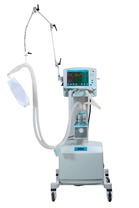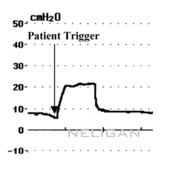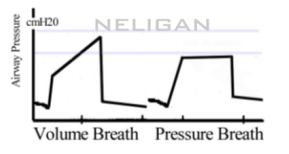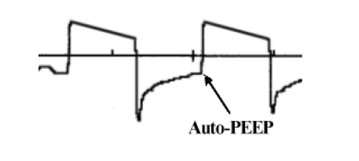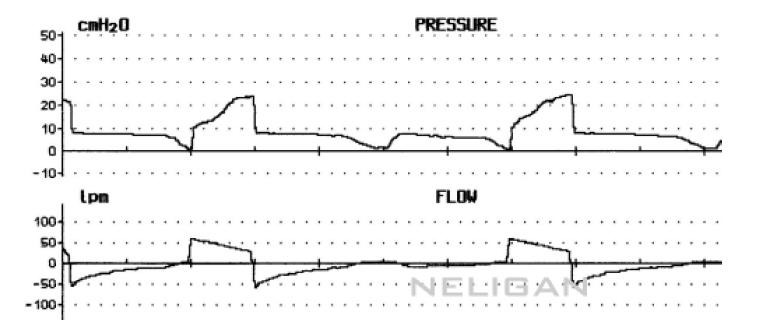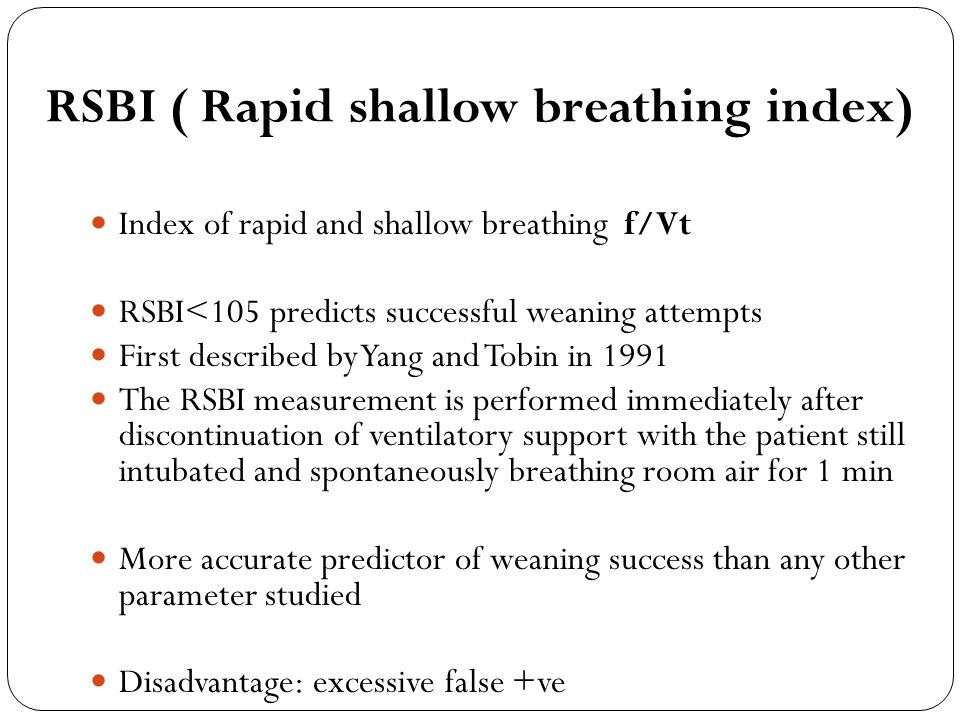Indications for Mechanical Ventilation
Ventilator Parameters
Modes of Ventilation
Reading a Ventilator Waveform1. Determine the CPAP Level: This is your baseline pressure before a breath is taken 2. Is the patient triggering breaths? Identify if the patient is overbreathing the vent. Check the set respiratory rate and the actual, and identify any negative deflections in pressure which indicates a patient is attempting to take a breath. 3. What shape is the pressure wave? 4. Is the patient gas trapping? 5. Is the patient synchronizing with the ventilator? If the patient is attempting to take breaths and the vent is not triggering, the sensitivity will need to be decreased until the patient is no longer fighting the ventilator. Discontinuation of Mechanical VentilationRapid-Shallow Breathing Index: a ratio Adapted from CCM Tutorial's Guide to Reading a Waveform
1 Comment
10/9/2019 11:00:41 pm
here are many options, and types of heating systems. While some may not be appropriate, and/ or, available, we will try to briefly, review, some of them. One choice may be electric heat. This choice is often, drier, but also, extremely clear. It often is, the only choice, for certain areas, where a house, doesn't have an oil burner, can't use gas (natural or propane), etc. However, many times, electric heat is a costly option. Years ago, coal - heated many homes, but very few, except for in certain limited regions of this nation, use it, today. In the northeast, oil - heat is often, used, but, with oil prices, fluctuating, and rising, over the years, has become more expensive/ costly. In addition, it requires maintenance, and is, one of the least, clean, forms of energy. We have witnessed, numerous conversions, from oil to gas, because of factors, such as ease of availability (automatically delivered instead of having to be delivered), cleanliness/ cleaner, and, the perception of it, being, less costly. However, many areas, lack access to gas (but can use propane, only), so it's not a possibility! With our additional focus and concern, on clean air, many consumers examine non - fossil fuel, alternatives, such as geo - thermal, and solar heating systems. However, the cost - effectiveness, and feasibility of these, depends on location, etc.
Reply
Leave a Reply. |
Categories
Archive
February 2018
Please read our Terms of Use.
|
||||||
